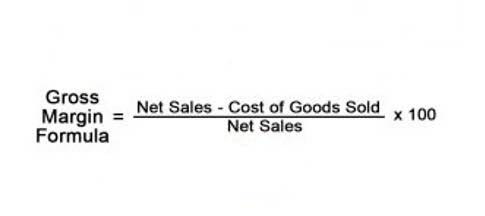
The customer’s total purchase amount determines the discount received; the more they buy, the greater the savings off of list prices. This type of price reduction is usually negotiated between the manufacturer and wholesaler/retailer before any orders are placed. Discount is an allowance provided to the customers in specific circumstances.
What is the difference between trade discount and cash discount?
- In some cases, trade discounts may be subject to various conditions to drive purchase decisions in support of the suppliers’ commercial and financial goals.
- It’s essential to consider these calculation differences when formulating pricing strategies and negotiating with suppliers.
- There is no separate journal entry for trade discount allowed or received as it is not recognized as an expense for the business.
- Ultimately, the concept of a trade discount helps manufacturers and resellers connect and establish economies of scale.
- Discounts are widely used in business to entice buyers and establish good relationships.
- In this written material, we have discussed the differences between trade discount and cash discount.
These are discounts offered to customers as part of a promotional campaign. For example, a supplier may offer a 20% discount on a new product for the first month of its release. Suppose James purchased goods from Ali of the list price of Rs. 50,000, on July 1, 2021. Ali allowed a 10% discount to James on the list price, for purchasing goods in bulk quantity. Further, a discount of Rs. 2000 was allowed to him, for making the payment within 30 days.
- The ability to produce in bulk means manufacturers can buy components in bulk to keep costs lower.
- A trade discount is calculated on the list price itself before any transaction takes place.
- This method ensures that each discount is calculated on the progressively reduced price, rather than the original list price, which can lead to more substantial savings.
- Suppose James purchased goods from Ali of the list price of Rs. 50,000, on July 1, 2021.
- Determine the net price of a product with a list price of $1400, considering it is subject to a trade discount series of 25%, 10%, and 5%.
Limitations of Trade Discounts
Suppose a supplier offers a 10% trade discount on a product with a list price of $100. The trade discount would be $10 (10% of $100), which means the customer would pay $90 for the product. Bike LTD as part of its sales promotion campaign has offered to sell their bikes at a 10% discount on their listed price of $100. If customers pay within 10 days from the date of purchase, they get a further $5 cash discount.
Trade discount in invoice

A trade-in allowance is a discount given for returning an old item when buying a new one. It’s a popular method used by businesses, particularly in the automotive and electronics trade discount examples industries, to encourage customers to upgrade to the latest models. This type of discount not only incentivizes repeat business but also helps manage product life cycles.
Finance Strategists has an advertising relationship with some of the companies included on this website. We may earn a commission when you click on a link or make a purchase through the links on our site. All of our content is based on objective analysis, and the opinions are our own.
- The discount rate refers to the percentage of discount that the seller provides on their products.
- For buyers, the goal is to secure the best possible price without compromising the quality or reliability of the supply.
- We start by understanding the supply chain and the relationships between its members.
- After applying the agreed-upon percentage, the reduced final amount is referred to as a discounted price and this is what customers end up paying for their order.
Related AccountingTools Courses

Even though trade discounts can be recorded in the daily purchase and sales books for bookkeeping needs, there is no separate journal entry made into the general ledger for accounting purposes. To calculate the trade discount, you need to know the list price of the product or service and the percentage discount offered. A retailer is offered a 12% trade discount on a product, and this discount amounts to $30. Trade discounts can influence pricing strategies by allowing businesses to offer competitive prices to their customers while maintaining profitability. Trade discount is a reduction in the list price of a product or service, while cash discount is a reduction in the invoice price for prompt payment. Businesses often use specialized software to manage and calculate trade discounts efficiently.



